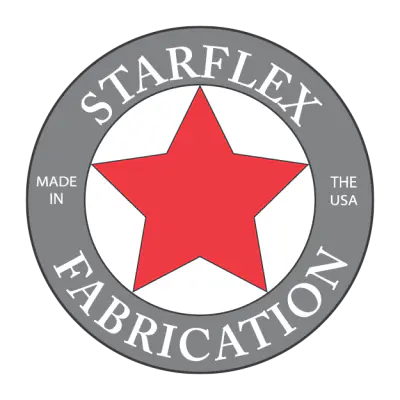Metal assembly is a critical part of manufacturing that requires a thorough understanding of the final product, material properties, and assembly processes. Depending on the process used, assemblies may require specialized tools and training. OEMs will utilize contract assembly services for a variety of reasons, such as:
- To avoid investing in extra equipment and a specialized workforce.
- To accommodate increased customer demand.
- To free up facilities for additional capabilities.
- To allow greater focus on specialized services.
Understanding Metal Assembly Services
Metal assembly is a multi-step process that happens throughout manufacturing when two or more metal components are joined together to create the desired outcome. Subassemblies create multi-part components that continue through additional manufacturing processes before final assembly. A single product can experience multiple stages of assembly depending on the complexity of the end product. In some cases, kit packing may be required, especially when the final assembly happens on location.
It’s imperative to enlist experienced metal assembly services to ensure that each product meets specifications and quality standards. Shoddy assembly drastically reduces the overall quality and increases the risks of failure, leading to expensive defects and delays.
Types of Metal Assembly
When it comes to joining metal components, manufacturers have several choices depending on the application and expected uses of the end products.
Mechanical
Mechanical assembly affixes external hardware, such as bolts, nuts, and screws, to create a nonpermanent bond between two or more components. This is a very common method due to its flexibility and ease of maintenance. Tool investment is lower than other methods, but labor costs are higher, especially for high-volume or complex assemblies.
Welding/Spot Welding
Welding uses extreme heat to melt and bond metals to create a permanent joint and is often used when structural integrity and strength are paramount. There are several different types of welding used throughout manufacturing, most commonly MIG and TIG welding. Welders require extensive training and expensive equipment to achieve high-quality welds, causing many OEMs to outsource fabrication and assembly to specialized providers. Brazing and soldering are similar but use lower temperatures and low melting point filler metals to create strong bonds between dissimilar heat-sensitive metals.
Rivets
Riveting metals is technically a form of mechanical assembly using specialized tools and fasteners. However, rivets are considered permanent joints and are particularly suited when joining different materials in components that require high shear strength for structural applications. Because riveting doesn’t create heat-affected zones or intermetallic deposits like welding does, joints are not as susceptible to corrosion.
Adhesives
In some cases, such as with heat-sensitive materials or tight spaces, metal assembly requires specialized industrial adhesives.
To learn more about metal assembly services, please get in touch with Starflex today.
